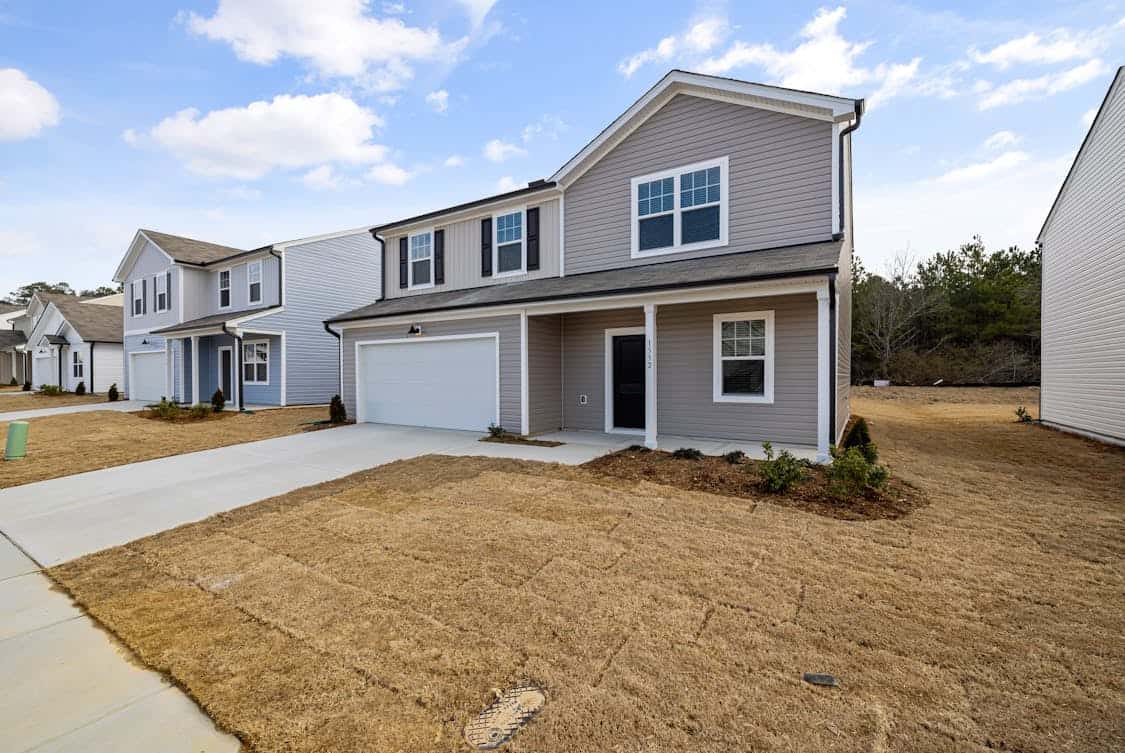How to Compare House Options Without Feeling Overwhelmed

Choosing a house can feel like standing at the edge of a cliff, gazing out at a vast horizon filled with choices. It’s easy to get lost in the details and lose sight of what truly matters. Let’s break down the process and find a way to evaluate your options without the weight of indecision hanging over you.
Define Your Priorities
Before diving into house hunting, take a moment to reflect on what matters most to you. Is it location, size, or perhaps the style of the home? Writing down your non-negotiables helps create a clear picture of what you want.
Think of it as making a grocery list before heading to the store. Missing items lead to frustration. Knowing your priorities allows you to filter through options effectively, steering clear of properties that don’t fit your vision.
Set a Budget
Establishing a budget is like setting the boundaries for a game. It defines your playing field and helps you focus on what’s achievable. Consider your income, savings, and any assistance you might receive. Include additional costs like maintenance, property taxes, and insurance in your calculations.
By having a solid budget in place, you can avoid the temptation of falling for houses that are out of your financial reach. A clear budget not only saves you time but also reduces stress as you compare different options.
Research Neighborhoods
The neighborhood can make or break your home-buying experience. Investigate the areas that pique your interest. Check out schools, parks, public transport, and local amenities. Are there grocery stores nearby? What about restaurants or recreational options?
Familiarizing yourself with the neighborhoods can provide a sense of comfort. You want to feel at home not just in your house, but in the community surrounding it. A little research here pays off in a big way down the road.
Create a Comparison Chart
Visual aids can be a lifesaver when weighing different properties. A comparison chart allows you to lay out key attributes side by side—price, square footage, number of bedrooms, and so on.
You might use a simple spreadsheet or a handwritten list—whatever works best for you. This way, you can see at a glance what each option offers, making it easier to narrow down your choices without feeling overwhelmed.
Visit Open Houses

Nothing beats the feel of stepping into a home. Open houses provide an opportunity to experience the space firsthand. Pay attention to the layout, natural light, and overall vibe of the home.
While touring, take notes to capture your impressions. Sometimes, the details that stand out might not be evident in photographs. Engaging your senses can deepen your understanding of each property, helping you feel less like a passive observer and more like an active participant in the decision-making process.
Take Your Time
In a fast-paced world, it’s tempting to rush through decisions. However, taking your time can lead to better choices. Give yourself the necessary space to reflect on each property.
Don’t hesitate to revisit homes or neighborhoods. It’s okay to sleep on it rather than make a snap decision. Sometimes, what seems appealing at first glance may not hold up under closer scrutiny.
Consult with Experts
Having a knowledgeable team on your side can ease the pressure. Real estate agents, home inspectors, and mortgage brokers are valuable resources. They can offer insights and guidance tailored to your needs.
Don’t shy away from asking questions. An expert’s perspective can clarify aspects you might find puzzling. They may point out potential issues or benefits you hadn’t considered, enriching your understanding of the options available.
Keep Emotions in Check
Buying a home is a significant emotional investment. It’s easy to fall in love with a property at first sight, but remember to keep your emotions in check.
Take a step back and assess if it meets your defined priorities and budget. It’s wise to separate emotional attachment from practical considerations. This approach helps prevent future regret and ensures your decision aligns with your long-term goals.
Look Beyond Aesthetics
It’s easy to get caught up in the superficial aspects of a home. A fresh coat of paint or a stylish layout can be enticing. However, look beyond the surface. Consider the structural integrity, age of appliances, and potential for repairs.
A beautiful house may come with hidden issues. Prioritize practical aspects over merely aesthetic ones. This mindset encourages a more informed choice, steering you toward a home that’s not just pretty, but also practical.
Explore Future Potential
Think about the future when evaluating your options. Is the area likely to increase in value? Will the home meet your needs as your family grows or changes?
Consider the flexibility of the space—can it adapt to your future plans? A home that may not seem perfect now could become an ideal fit later.
Builders like Aveling Homes often design with long-term livability in mind, ensuring your home can evolve with your lifestyle. Keeping the future in mind broadens your perspective and adds another layer to your decision-making process.
Use Technology Wisely
In today’s tech-savvy world, various online tools can simplify your search. Websites and apps allow you to filter listings based on your criteria. Virtual tours can give you a feel for the space without stepping outside.
However, while technology can be helpful, don’t let it be the only source of your information. Augment your online findings with in-person visits and discussions with experts. Using a balanced approach will keep you grounded amid the digital noise.
Check the Fine Print
Once you settle on a potential home, don’t overlook the importance of the fine print. Read the disclosures, understand any HOA rules, and clarify the terms of sale.
Legal jargon can be daunting, but getting a grasp on these details is crucial. They could reveal responsibilities or limitations that impact your living experience. Taking your time to read and understand these documents will save you headaches down the line.
Seek Feedback
Engaging family and friends in the process can offer fresh perspectives. They might notice things you overlook or raise concerns you hadn’t considered.
Organize showings where trusted individuals accompany you. Their input may bring clarity to your thoughts. Just remember that, while valued, it’s your decision to make in the end.
Reflect Regularly
Throughout the process, take moments to reflect on your journey. Jot down your thoughts, feelings, and observations. This practice can help you maintain a sense of direction and purpose.
When feelings of overwhelm creep in, look back at your notes. They serve as reminders of your priorities and goals. This self-reflection can ground you, making the process feel more manageable and less daunting.
Balance Logic and Emotion
The path to homeownership is a blend of logic and emotion. While practicalities are essential, don’t disregard your feelings entirely. A home should resonate with you on some level.
Allow yourself to enjoy the process. Savor the excitement of finding a space that feels right. Balancing head and heart can lead to a more fulfilling decision-making experience. Trust your instincts while anchoring them with your defined criteria.
Celebrate Small Wins
Finally, acknowledge the small victories along the way. Each step you take—be it narrowing down options or finding the perfect neighborhood—is a win.
Celebrating these moments can boost your morale, keeping your spirits high. The journey to finding a home is not just about the destination; it’s also about enjoying the ride. Recognizing progress, no matter how minor, fuels motivation and enthusiasm as you move forward.